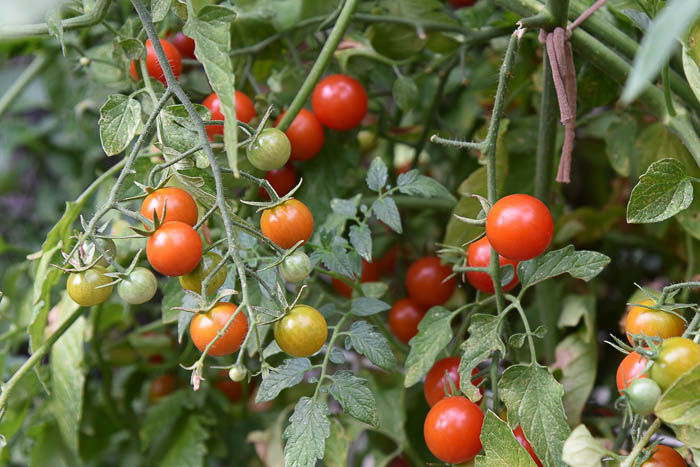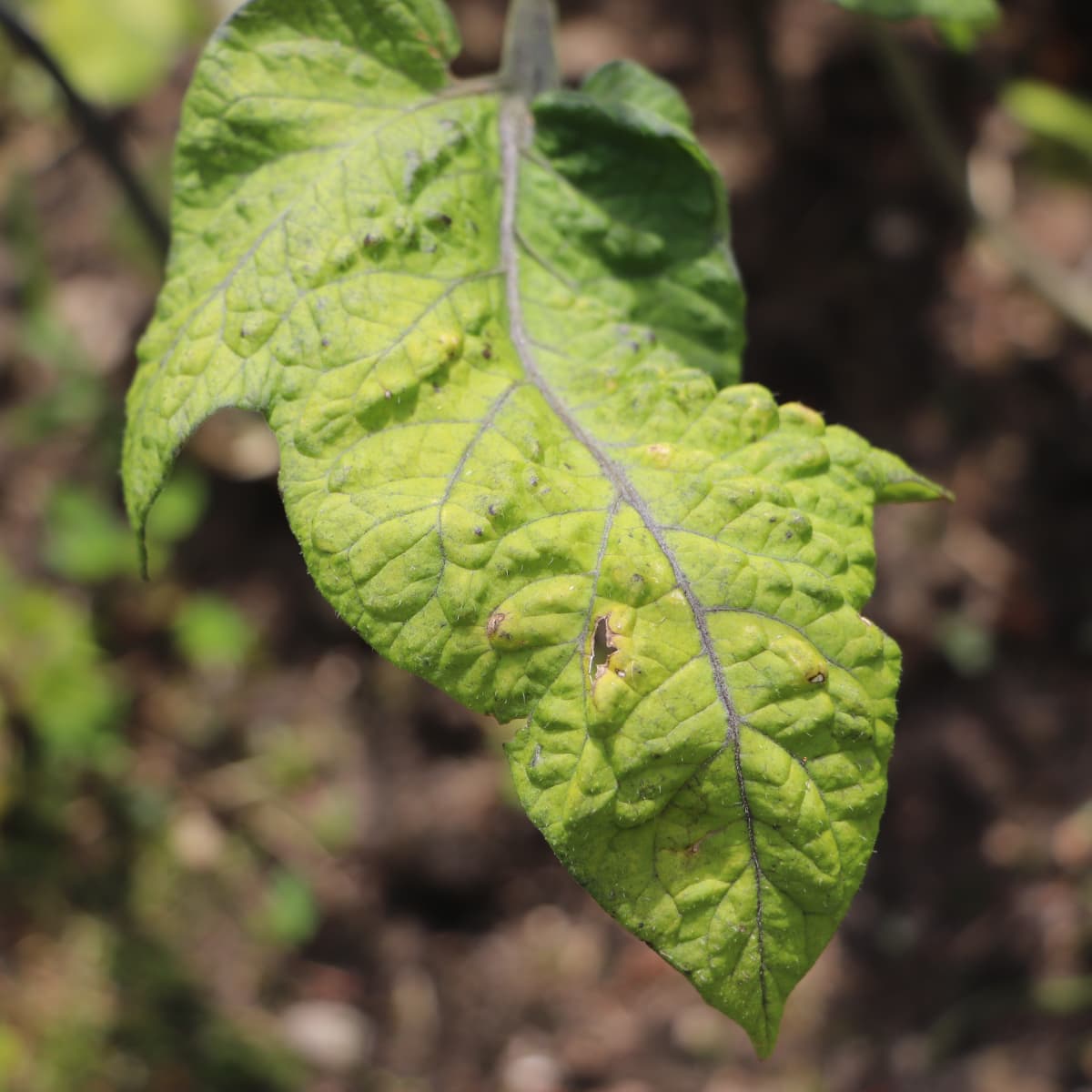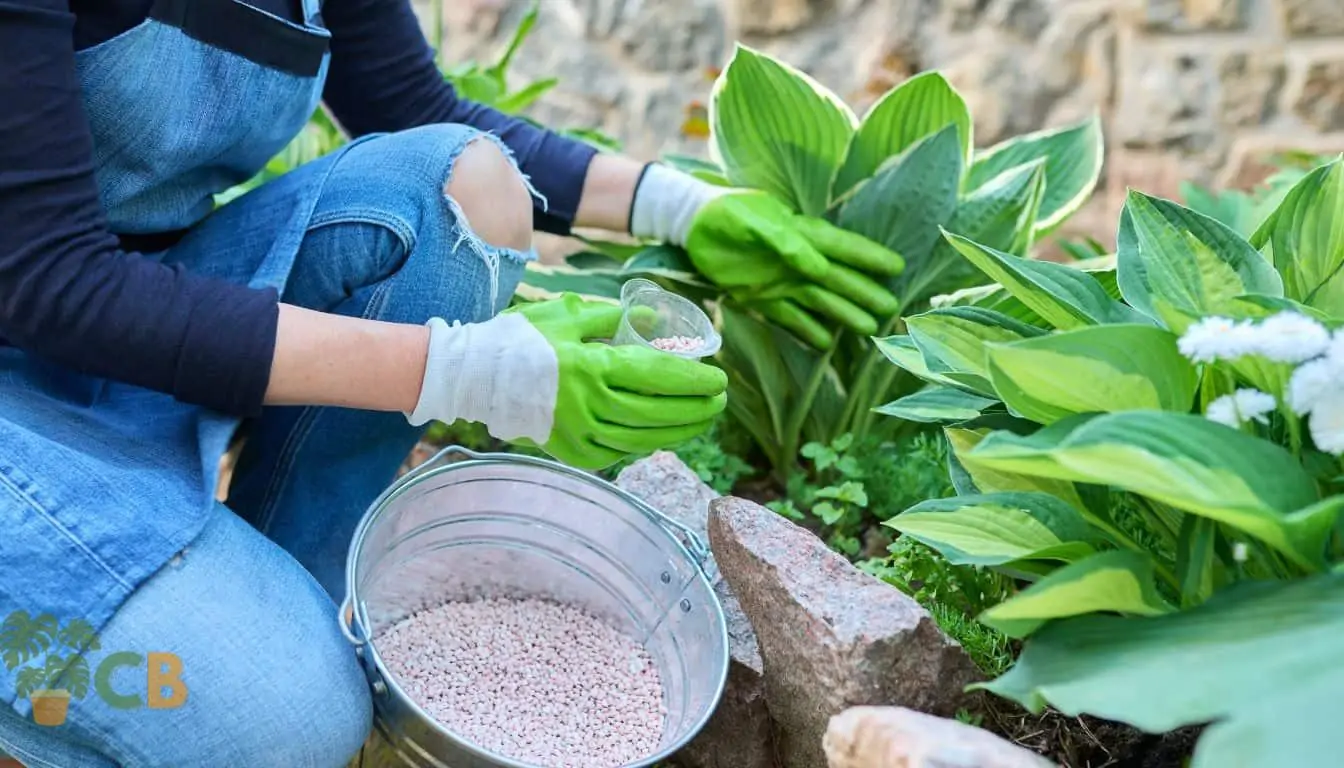Horticulture Tips: What Plants Don't Like Epsom Salt and The Key Reasons Why
Wiki Article
Learn About the Certain Plants That Are Adversely Impacted by Epsom Salt Application
Epsom salt, a prominent family treatment for various gardening problems, is usually praised for its beneficial results on plant growth. Understanding the particular plants that can be negatively affected by Epsom salt is critical for any type of gardener looking to enhance their plant treatment routine.Roses

Roses, specifically delicate to changes in their atmosphere, can be adversely impacted by the application of Epsom salt. While Epsom salt is frequently utilized as a plant food to promote plant growth and boost flowering, roses are one of the plants that do not respond well to its application. The high magnesium web content in Epsom salt can hinder the uptake of various other necessary nutrients by the rose plants, leading to deficiencies that materialize as yellowing fallen leaves or stunted growth.

Tomatoes
While Epsom salt is frequently promoted as a solution for different plant concerns, consisting of blossom end rot in tomatoes, its application can lead to harmful outcomes if not made use of judiciously. Excessive Epsom salt, which is magnesium sulfate, can interrupt the delicate nutrient equilibrium needed by tomatoes, possibly leading to shortages in various other crucial nutrients like calcium. When taking into consideration the usage of Epsom salt on tomatoes, it is critical to stick to advised application prices and soil screening to prevent unintended consequences on the overall health and wellness and productivity of these beloved garden plants.Peppers
Peppers, revered for their various colors and degrees of spiciness, can show sensitivity to adverse effects from Epsom salt when not applied with treatment and consideration for their specific nutritional demands. what plants don't like epsom salt. Peppers, coming from the Solanaceae family, need a delicate balance of nutrients to thrive. While Epsom salt is recognized to improve magnesium levels in plants, too much application can interrupt this balance, causing damaging effects on pepper plantsWhen peppers are revealed to high degrees of magnesium from Epsom salt, it can hinder the plant's ability to take in various other vital nutrients like calcium and potassium. This discrepancy may show up in symptoms such as leaf staining, stunted development, and decreased fruit manufacturing. Furthermore, the too much magnesium can change the soil pH, additional intensifying nutrient uptake problems for peppers.

Rhododendrons
Given the sensitivity of specific plant types to imbalances brought on by Epsom salt, it is necessary to consider the effect on Rhododendrons, which also require particular nutrient levels to prosper. Rhododendrons are acid-loving plants that favor acidic soil problems with a pH variety in between 4.5 and 6.0. Epsom salt, chemically referred to as magnesium sulfate, can alter the soil pH and disrupt the delicate equilibrium of nutrients crucial for Rhododendron health.
To maintain the optimum growth and health of Rhododendrons, it click here for more info is crucial to prevent the indiscriminate use Epsom salt and instead concentrate on supplying the particular acidic dirt conditions and nutrients that these plants need for thriving.
Azaleas
Azaleas, recognized for their lively flowers and broad variety of shades, are ornamental hedges that belong to the Rhododendron genus. These preferred flowering plants are commonly found in yards, parks, and landscapes due to their appeal and adaptability. Azaleas are delicate to changes in soil pH degrees, which can significantly affect their development and total health and wellness. While Epsom salt is commonly utilized as a solution for magnesium shortage in plants, its application to azaleas can have adverse results.Azaleas favor somewhat acidic dirt conditions, and an excess of magnesium from Epsom salt can disrupt this equilibrium, leading to nutrient imbalances and possible toxicity concerns. The wrong application of Epsom salt can result in stunted growth, yellowing of fallen leaves, and total decline in the wellness of azaleas.
Conclusion
To conclude, it is vital to be familiar with the particular plants that can be negatively influenced by the application of Epsom salt. Roses, tomatoes, azaleas, peppers, and rhododendrons are some instances of plants that might not take advantage of Epsom salt and can also endure injury. It is crucial to research and understand the requirements of each plant varieties prior to making use of Epsom salt as a plant food to guarantee their health and wellness and wellness.
Recognizing the particular plants that can be adversely affected by Epsom salt is essential for any garden enthusiast looking to optimize their plant treatment routine. While Epsom salt is typically used as a plant food to advertise plant growth and boost flowering, roses are one of the plants that my company do not react well to its application.Too much use of Epsom salt can also result in an accumulation of salts in the dirt, leading to root damages and dehydration of the rose plants. While Epsom salt is understood to increase magnesium degrees in plants, too much application can disrupt this equilibrium, leading to unfavorable impacts on pepper plants.
The high salt content in Epsom salt can additionally dry out Rhododendron roots, creating additional tension and damages to the plant. (what plants don't like epsom salt)
Report this wiki page